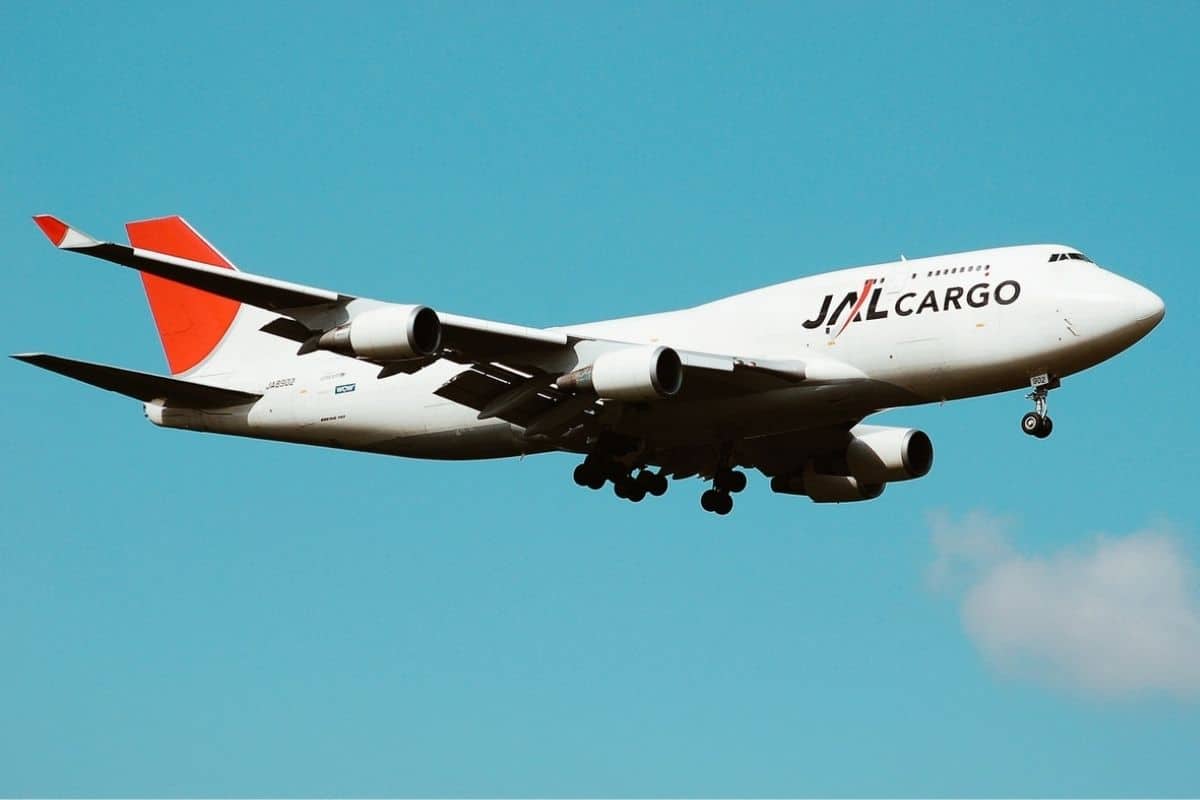Passenger planes can transport cars in the cargo hold (the section of the aircraft located below the cabin). Dedicated cargo aircraft can carry cars and even larger vehicles on their main decks, due to the larger amount of cargo capacity available.
Is it Hard to Transport a Car on a Plane?
Although it’s entirely possible to transport a car via aircraft, doing so is very expensive due to the numerous logistical challenges involved. The weight and size of the car will also contribute heavily to the costs due to the cargo real estate being occupied in the hold of the aircraft.
The logistical challenges facing transporting cars by air include the numerous procedures surrounding loading and unloading the vehicle from the aircraft. As a car is typically larger than most cargo items being carried, extra time is required to ensure the correct and safe loading of the vehicle.
Ensuring the correct weight distribution and Center of Gravity (C.G) settings are met is crucial to the stability of the aircraft in-flight. A heavy object such as a car can add to the complications of calculating such values, as a large amount of weight is being concentrated on one section of the aircraft.
When are Cars Transported on a Plane?
Cars being transported on planes on a regular basis is rare. Only a few exceptions ever warrant it practical to do this. The most common example of this is a presidential or state visit abroad, in which a motorcade or fleet of vehicles is transported on a plane to assist in transporting the heads of state. This is most commonly seen in abroad visits made by the presidents of powerful nations.
Another example of transporting a car by air is when a car manufacturer wishes to import a prototype model to a new country for marketing purposes. In this instance, it may be financially feasible to transport the vehicle by air. This is true especially when transporting a vehicle over a large distance, in which it would take weeks for a cargo ship to perform the same journey.
A rare example of transporting a car by plane is in the case of very wealthy individuals, who may be willing to pay the premium for their luxurious cars to be transported to the desired location.
Other Vehicles being Transported by Plane
On large military and cargo aircraft, it is not uncommon for larger vehicles such as trucks and tanks to be placed onboard the aircraft. This practice is most commonly found in large air forces around the world; the United States Air Force (USAF) is a prime example.
Aside from large vehicles, some heavy transport aircraft such as the C-17 Globemaster is even capable of transporting military helicopters and fighter jets. In this instance, the aircraft being carried onboard are partially dismantled or “folded” to ensure they fit in the cargo hold.
What Size Cars can be Loaded on a Plane?
On a passenger aircraft, the cargo hold below the floor of the cabin is quite restrictive for space. As a result, only smaller cars can fit in the hold (small sedans etc). The main restriction typically concerns the height of the cargo hold.
On aircraft dedicated for cargo purposes, it may be possible to accommodate larger cars and vehicles. On a Boeing 777 Freighter, for example, larger cars such as SUVs can easily be fitted on the main cargo deck.
Another factor aside from the size of the aircraft hold is that of the dimensions concerning the cargo door. Cars and vehicles being placed onboard the aircraft must be within size limits for being positioned onboard the aircraft.
How Many Cars can be Carried on a Plane?
Depending on aircraft size and cargo capabilities, up to 80 cars can be carried onboard an aircraft ( the Antonov 225 being the only example of an aircraft that can do this). A more typical example would be a 747 cargo aircraft, which can fit roughly 10-12 cars.
Conclusion
While transporting cars via an aircraft is not a cost-effective method of transport, the above examples illustrate scenarios in which it may be feasible or practical. The main reason for using other modes of transport to move cars around is the cost. Although it may take longer, it is significantly cheaper to transport cars by cargo ships or by road than by air.
Unless there is a sense of urgency for requiring a vehicle to be in another location in a short space of time, it is simply not reasonable to use air transport. The thousands of dollars spent to transport a vehicle by air is simply not economically viable in the majority of circumstances.
Aside from the costs and logistics, many cargo operators may prefer to specialize in transporting freight that comes in a smaller format. As a result, specialist over-sized cargo aircraft and operators may be required in order to fulfill a vehicle transport request, which often incurs additional costs.
This is an updated article. Originally posted on December 1, 2021 @ 8:20 pm

After visiting more than 60 countries, I have probably been on every type of plane there is and visited countless airports. I did my very first international solo trip to South Africa at the age of only 16 and haven’t really stopped traveling since.
Despite the adventurous travel itch, I do have a nerdy side as well – which is satisfied by writing about all things aviation “too boring” for my regular travel blog.
